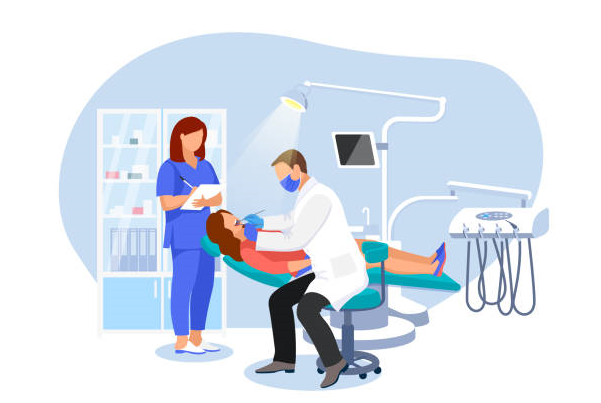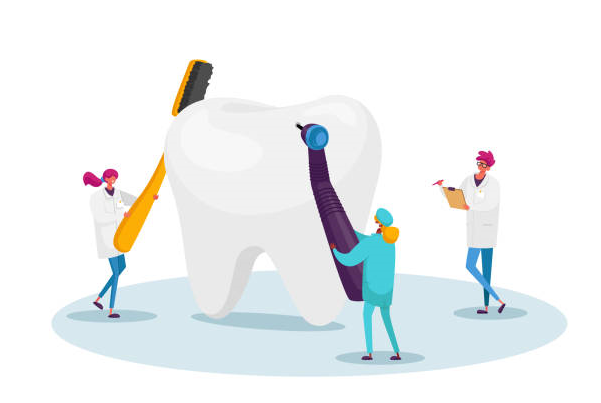Myofunctional Appliances
- Myofunctional appliances are removable or fixed devices that aim to correct dental and skeletal discrepancies by promoting proper oral and facial muscle function. They are based on the principles of myofunctional therapy, which focuses on the relationship between muscle function and dental alignment.
-
Mechanism of Action:
- These appliances work by encouraging the correct positioning of the tongue, lips, and cheeks, which can help guide the growth of the jaws and the alignment of the teeth. They can also help in retraining oral muscle habits that may contribute to malocclusion, such as thumb sucking or mouth breathing.
Types of Myofunctional Appliances
-
Functional Appliances:
- Bionator: A removable appliance that encourages forward positioning of the mandible and helps in correcting Class II malocclusions.
- Frankel Appliance: A removable appliance that modifies the position of the dental arches and improves facial aesthetics by influencing muscle function.
- Activator: A functional appliance that promotes mandibular growth and corrects dental relationships by positioning the mandible forward.
-
Tongue Retainers:
- Devices designed to maintain the tongue in a specific position, often used to correct tongue thrusting habits that can lead to malocclusion.
-
Mouthguards:
- While primarily used for protection during sports, certain types of mouthguards can also be designed to promote proper tongue posture and prevent harmful oral habits.
-
Myobrace:
- A specific type of myofunctional appliance that is used to correct dental alignment and improve oral function by encouraging proper tongue posture and lip closure.
Indications for Use
- Malocclusions: Myofunctional appliances are often indicated for treating Class II and Class III malocclusions, as well as other dental alignment issues.
- Oral Habits: They can help in correcting harmful oral habits such as thumb sucking, tongue thrusting, and mouth breathing.
- Facial Growth Modification: These appliances can be used to influence the growth of the jaws in growing children, promoting a more favorable dental and facial relationship.
- Improving Oral Function: They can enhance functions such as chewing, swallowing, and speech by promoting proper muscle coordination.
Advantages of Myofunctional Appliances
- Non-Invasive: Myofunctional appliances are generally non-invasive and can be a more comfortable option for patients compared to fixed appliances.
- Promotes Natural Growth: They can guide the natural growth of the jaws and teeth, making them particularly effective in growing children.
- Improves Oral Function: By retraining oral muscle function, these appliances can enhance overall oral health and function.
- Aesthetic Appeal: Many myofunctional appliances are less noticeable than traditional braces, which can be more appealing to patients.
Limitations of Myofunctional Appliances
- Compliance Dependent: The effectiveness of myofunctional appliances relies heavily on patient compliance. Patients must wear the appliance as prescribed for optimal results.
- Limited Scope: While effective for certain types of malocclusions, myofunctional appliances may not be suitable for all cases, particularly those requiring significant tooth movement or surgical intervention.
- Adjustment Period: Patients may experience discomfort or difficulty adjusting to the appliance initially, which can affect compliance.




 EET MDS
EET MDS